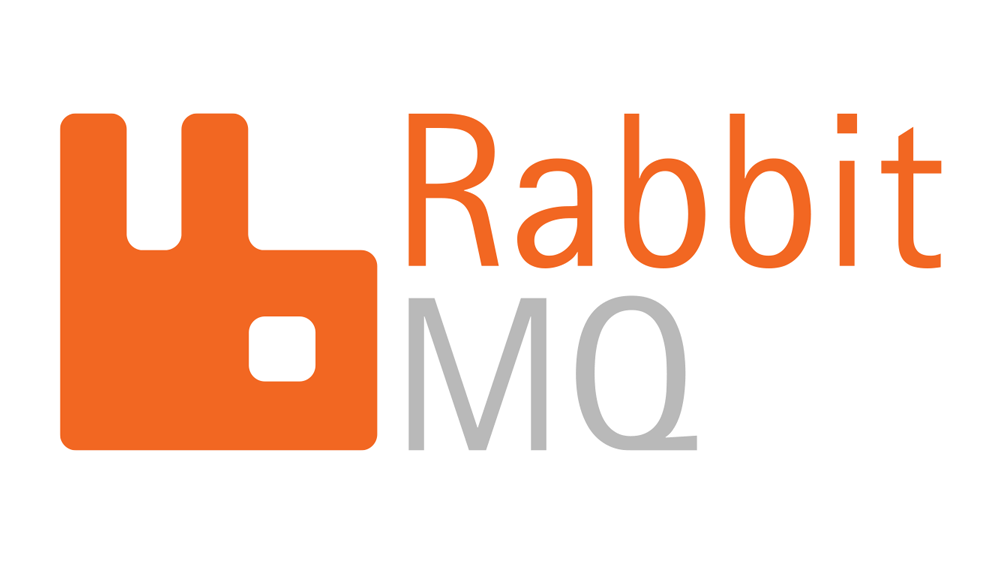
Blog
How RabbitMQ Transforms Communication in Distributed Systems

What is RabbitMQ?
RabbitMQ is a powerful message broker that enables efficient communication between applications by implementing the Advanced Message Queuing Protocol (AMQP). It plays a critical role in building scalable, decoupled systems, allowing components to send and receive messages without being tightly integrated.
Built using the Erlang programming language, RabbitMQ is known for its robustness and fault-tolerant nature. It supports multiple messaging protocols including AMQP, STOMP, MQTT, and HTTP, making it a flexible solution for a variety of messaging patterns and use cases.
Whether you`re managing background tasks, real-time updates, or complex workflows, RabbitMQ ensures reliable, asynchronous message delivery, helping your applications scale and communicate more effectively.
What is a Message Broker?
A message broker is a key architectural component that facilitates communication between different applications or system modules. Acting as a smart intermediary, it receives, transforms, and routes messages to the appropriate destinations, allowing systems to interact without needing to know each other`s internal logic.
By decoupling components, a message broker enables more flexible, scalable, and maintainable architectures. It supports asynchronous communication, improves reliability, and enhances system resilience. This approach promotes loose coupling, making it easier to build distributed systems that are easier to evolve and adapt over time.
Whether you`re working with microservices, enterprise systems, or cloud-based platforms, message brokers are essential for efficient and organized data flow.
Top Message Broker Software Solutions for Scalable Communication
When building distributed systems or microservice-based architectures, choosing the right message broker is key to ensuring reliable, asynchronous communication between services. Here`s a list of widely used and powerful message broker technologies:
-
Apache Kafka – A high-throughput, distributed event streaming platform designed for real-time data pipelines and analytics.
-
RabbitMQ – A robust and easy-to-deploy message broker that supports multiple messaging protocols and advanced routing.
-
Amazon SQS (Simple Queue Service) – A fully managed, scalable message queuing service by AWS that enables decoupling of application components.
-
Google Cloud Pub/Sub – A real-time messaging service that facilitates global event distribution and stream processing.
-
Redis (Pub/Sub) – Lightweight and fast in-memory data store that supports publish/subscribe messaging for real-time applications.
-
Apache Pulsar – A distributed messaging and streaming platform that supports multi-tenancy, geo-replication, and both queue-based and stream-based messaging.
-
ActiveMQ – A mature and versatile open-source message broker developed by Apache, supporting JMS and a variety of messaging patterns.
-
NATS – A high-performance messaging system designed for cloud-native applications, with a focus on simplicity, speed, and security.
-
Azure Service Bus – Microsoft`s fully managed enterprise message broker for reliable cloud messaging between apps and services.
-
IBM MQ – A reliable, enterprise-grade message queuing solution trusted in banking, government, and other high-security environments.
Each of these tools is tailored to different use cases—whether you`re looking for scalability, real-time event handling, cloud integration, or enterprise reliability.
Types of Exchanges in RabbitMQ
In RabbitMQ, exchanges are key components responsible for routing messages to one or more queues based on defined rules. There are several types of exchanges, each with its own logic:
-
Default Exchange
A built-in exchange that delivers messages directly to a queue when the routing key exactly matches the queue name. No need to declare or bind this exchange explicitly — it`s always available. -
Direct Exchange
Sends messages to queues whose binding key exactly matches the message`s routing key. Ideal for unicast messaging where precise routing is required. -
Fanout Exchange
Broadcasts messages to all bound queues, ignoring the routing key entirely. Perfect for pub/sub scenarios where every consumer should receive the message. -
Topic Exchange
Routes messages based on pattern matching in the routing key, using wildcards like*(for a single word) and#(for multiple words). Best suited for flexible, scalable routing in complex systems. -
Headers Exchange
Uses message headers instead of routing keys to determine message routing. Supports conditional matching with options likex-match: allorx-match: any, offering a more dynamic and metadata-driven approach.
Each exchange type is designed to support different messaging patterns, making RabbitMQ a versatile solution for varied communication needs within distributed systems.
Why Use RabbitMQ?
RabbitMQ is widely adopted in modern software architectures, especially in systems that require scalable, reliable, and decoupled communication between services. Here`s why developers and enterprises choose RabbitMQ:
Decoupling Components
RabbitMQ helps separate core components of an application, allowing them to operate independently. This promotes cleaner architecture, simplifies maintenance, and aligns with the Single Responsibility Principle — a core concept in microservices.
Enhanced Flexibility
By decoupling services, RabbitMQ enables more agile development and scaling. It also makes it easier to connect different applications or services, even if they`re written in different programming languages.
Key Advantages of RabbitMQ
-
Multi-Protocol Support
RabbitMQ supports several messaging protocols such as AMQP, MQTT, STOMP, and HTTP, making it highly adaptable for integration across various systems and technologies. -
Cross-Platform Compatibility
Whether you`re using Windows, Linux, or macOS, RabbitMQ runs smoothly and offers client libraries for most popular programming languages. -
High Reliability
With features like message persistence and delivery acknowledgements, RabbitMQ ensures that messages are not lost, even in the event of failures. -
Flexible Routing Options
Thanks to its support for exchange types like direct, topic, fanout, and headers, RabbitMQ allows you to customize how messages are routed to queues — from simple point-to-point to complex pattern-based distribution. -
Scalability
RabbitMQ is built to handle millions of messages per second and can be horizontally scaled through clustering, making it suitable for high-load, enterprise-grade applications.
Whether you`re building microservices, real-time apps, or distributed systems, RabbitMQ offers the flexibility, performance, and reliability you need to keep everything running smoothly.
Asynchronous Communication
RabbitMQ enables asynchronous messaging between applications, which enhances system performance and responsiveness. This allows components to operate independently, improving overall efficiency.
Easy Integration
RabbitMQ seamlessly integrates with existing systems due to its support for various client libraries and protocols. This makes it highly adaptable to different technological stacks.
Manageability
RabbitMQ offers a user-friendly web interface and powerful tools for monitoring and managing queues, exchanges, and connections. This helps maintain control over system operations.
Loose Coupling
RabbitMQ facilitates communication between different system components without them needing to be aware of each other. This loose coupling simplifies development and ongoing maintenance.
Transaction Support
RabbitMQ supports transactions, ensuring data integrity when processing messages. This feature is critical for maintaining consistency in message-driven workflows.
RabbitMQ Support
RabbitMQ provides a wide range of officially supported clients to accommodate various use cases and environments.
Officially supported RabbitMQ clients
https://youtu.be/pIf30H-V7X4